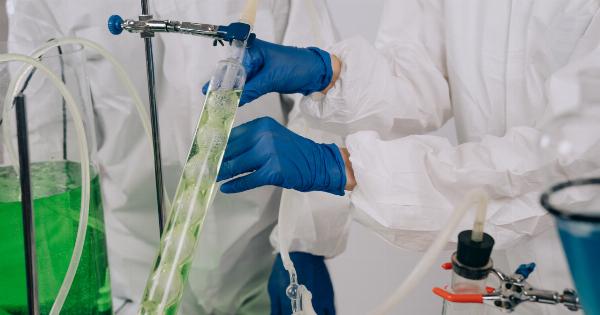Gastroesophageal reflux disease (GERD) is a digestive disorder that affects a large number of people worldwide. One of the common causes of GERD is the presence of an “acid pocket” in the stomach.
Understanding what it is and how it works can help patients manage their condition better.
What is the Acid Pocket?
The acid pocket is a small pool of highly acidic stomach contents located just above the junction of the stomach and esophagus. It is formed when the stomach is empty and is caused by the combination of acid secretion and reduced gastric motility.
A study conducted by researchers at the University of Wisconsin found that the acid pocket tends to occur in the fasting state, and is more common in patients with GERD.
This is because the lack of food in the stomach means there is nothing to buffer the effects of the acid, leading to increased discomfort and symptoms in patients with GERD.
How Does the Acid Pocket Contribute to GERD?
The acid pocket is a key factor in the development and progression of GERD.
When the stomach acid refluxes into the esophagus, it can cause irritation and inflammation, leading to the characteristic symptoms of heartburn, regurgitation, and difficulty swallowing.
However, the acid pocket is not simply a passive reservoir for gastric acid. It has been shown to act as a powerful valve that controls the release of acid into the esophagus.
When the acid pocket is located within 3cm of the gastroesophageal junction, it can cause prolonged periods of reflux, leading to more severe symptoms and complications.
Managing the Acid Pocket in GERD
One way to manage the acid pocket in GERD is through medication. Proton pump inhibitors (PPIs) are the most commonly prescribed drugs for GERD, and work by reducing the amount of acid produced by the stomach.
This helps to minimize the formation and release of the acid pocket, reducing symptoms and allowing the esophagus to heal from any damage caused by reflux.
Another strategy is to modify eating habits. Eating smaller, more frequent meals throughout the day can help reduce the amount of time that the stomach is empty, and reduce the formation of the acid pocket.
Avoiding trigger foods, such as spicy, fatty, or acidic foods, can also help minimize symptoms and reduce the risk of acid reflux.
The Future of GERD Treatment
Researchers are currently investigating new therapies and medications that target the acid pocket directly.
One experimental treatment involves a combination of alginate and antacid, which has been shown to form a thick barrier over the acid pocket, preventing the reflux of gastric acid into the esophagus.
Another possible approach involves the use of transient lower esophageal sphincter relaxation (TLESR) inhibitors. TLESRs are a common cause of acid reflux, and inhibit the normal function of the lower esophageal sphincter, leading to acid reflux.
By inhibiting TLESRs, these drugs may reduce the amount of acid that is released from the acid pocket, and reduce symptoms in patients with GERD.
Conclusion
The acid pocket is a small but significant factor in the development and progression of GERD.
By understanding its role in the pathophysiology of the disease, patients and healthcare providers can develop effective management strategies that minimize symptoms and improve quality of life.






























